What Does Vit D Do in the Body? There are a number of important jobs that Vit D does:
Measuring Vitamin D status Generally the next question I get from a lot of people is how do I know if I'm getting enough Vit D. Currently the best way to do this is to measure it in the blood by look at the blood or serum concentration of calcidiol (D2). Wait, didn't I say that the active form is calctriol (D3)? The reason is the 1/2 life of D3 is too short to make it a good indicator as well as it being regulated highly regulated by parathyroid hormone, calcium and phosphate. D3 levels also do not normally decrease significantly until Vit D deficiency is severe. How Much Vit D is Needed? If we understand how important Vit D is, the next thing my patients often ask is how much do I need? As we mentioned above, to know if you personally are getting enough, getting your levels checked is going to be the best option. However, there are general recommendations made by the government which are based on what is called the RDA or Required Daily Allowance. This depends on the average of what works best for a healthy population and maintaining basic requirements for health. In the case of Vit D that's enough to bone health and calcium metabolism, and then in addition the RDA is set based on minimal sun exposure as well. All of this combined, the current daily recommendation for adults and children over 4 years is 400 IU. If we're trying to raise our levels of Vit D, 400 IU is definitely not going to be enough.
Can I Get Enough from the Sun? Most people meet at least some of their Vit D requirements from the sun. However, what most people don't realize is that this depends. You need to be outside at the right time of day, and depending on where you live, time of year as well. We need to be exposed to UVB rays at wavelengths of 290-320 nanometers. Other factors that can affect this are: cloud cover, smog, melanin content of your skin (the darker your skin the more difficult it is to 'absorb' enough sun). Optimal Sun Exposure The factors previously mentioned and current research that's been done still makes it challenging to know exactly what the right amount of sun exposure is for each person. However, these guidelines are helpful to get some helpful exposure: - In general, approx 5-30 mins of sun exposure between 10am -3 pm twice a week to arms, face, neck. legs or back without sunscreen [NOTE: if you are monitoring risk for skin cancer, than keep in mind any recommendations from your healthcare provider] - Spring, Summer and Fall are the optimal times of year, particularly those who live in more northern latitudes
Take Home Message - Vit D is important for our overall health, and we're still figuring out the full extent of what this entails - Vit D is present in the diet, and through exposure to the sun we are able to synthesize Vit D - The drawback is it's tough to determine how much we're getting, so many of us will need to supplement with it at times - There are safe and unsafe levels of Vit D, and finding out what works best for us personally is likely going to require getting our levels checked periodically. Have questions about Vitamin D or making sure you're getting what you need to live your best life? Connect with me and we can get a personalized plan together that takes your individual needs into account. Note: Talk to your Naturopathic Doctor today about getting assessed and treated if needed, and as always talk to your health care provider before beginning any new medication or supplement. This information is not meant to replace the advice/guidance of a medical professional, nor should it be acted upon by individuals unsupervised by the appropriate healthcare provider.
0 Comments
I completely understand how important, small, manageable changes are to creating success! I see it all the time with my patients and the research also supports this approach. Therefore, I will only mention 3 small things you can do to make a big impact on your eating habits and your health.
There you have it. Some very simple changes you can make to how you eat to improve the quality of your diet. Now I am not saying you have to even do this all at once, pick one and start with that. Then you can look at adding the others over time. If you never start, you'll never get the benefits, but if you try to change everything at once you'll feel overwhelmed and eventually you will drop everything.
Have questions about these tips or how to have better eating habits? Talk to me about it. I love helping people make gradual, positive changes that benefit their health and well being. Note: Talk to your Naturopathic Doctor today about getting assessed and treated if needed, and as always talk to your health care provider before beginning any new medication or supplement. This information is not meant to replace the advice/guidance of a medical professional, nor should it be acted upon by individuals unsupervised by the appropriate healthcare provider.
False Claims Then there’s the issue of the various claims that sunscreen manufacturers make about their products. Based on the research that’s been completed to date, there is insufficient data to support most claims on the sunscreen bottle. Claims such as: ‘waterproof’, ‘sweatproof’ and ‘broad spectrum protection’ don’t hold up. In fact, probably the most misleading is ‘cancer protection’ or ‘prevents cancer’. Sunscreen alone has not actually been shown to protect against certain forms of skin cancer, particularly melanoma, which is the most deadly form of skin cancer. Melanoma and Other Skin Cancers Why should we be concerned about melanoma? Well, since 2000, the rates of new melanoma cases among both men and women have been climbing by 1.4 to 1.6 percent per year (CDC 2014). A number of studies conducted in the 1990s reported higher incidence of melanoma among frequent sunscreen users (Autier 1998, Beitner 1990, Westerdahl 2000, Wolf 1998).
SPF: Is Bigger Better? Does SPF or the Sun Protection Factor make a difference? Most of us believe that Bigger Is Better, but there is no definitive evidence of increasing protection as the SPF values increase. In fact, beyond SPF 50, there appears to be little benefit. Properly applied SPF 50 blocks approximately 98% of sunburn rays. Properly applied SPF 100 blocks 99%. When used correctly, sunscreen with SPF values in the range of 30 to 50 will offer adequate sunburn protection, even for people most sensitive to sunburns.
Oxybenezone and 4-MBC are hormone disruptors and frequently used UV filters used in sunscreens. Oxybenzone could be found in about 70% of the non-mineral sunscreens evaluated by the EWG this year. Retinyl Palmitate and other Vitamin A derivatives have been shown to result in more skin tumors and lesions on animals treated with this ingredient and then exposed to sunlight. While MI, has actually been labeled as an inactive ingredient or preservative, was called ‘the allergen of the year’ by the American Contact Dermatitis Society in 2013. In March 2015, the European Scientific Committee on Consumer Safety concluded that no concentration of MI could be considered safe in leave-on cosmetic products (EU SCCS 2014). MI is present in 66 sunscreens assessed in this year’s report. What to Look for in a Good Sunscreen All these concerns in mind, what can we do to better protect ourselves from the harmful effects of sun exposure? One thing, when using sunscreen, pick the right one. Based on current research, mineral sunscreens tend to rate best, particularly those with zinc oxide or titanium dioxide. They are stable in sunlight, offer a good balance between protection from the two types of ultraviolet radiation (UVA and UVB) and don’t often contain potentially harmful additives. (EWG report, 2016).
Sunscreen is a helpful tool for protecting your skin from the harmful effects of the sun when used appropriately. Be sure to use it as recommended, and choose a sunscreen that has minimal/no harmful chemicals in it, particularly a mineral based one. Keep these things in mind, and the additional measures you can take to protect your skin, and you can help decrease your risk of developing serious illnesses like skin cancer.
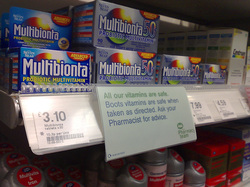 Iron One of the nutrients I get a lot of questions about in general is iron. Newly pregnant women are particularly concerned about their iron status and what impact that may have on their baby. In this blog, I will discuss why you don't need to worry too much about baby and how to ensure you both get enough. First thing to remember about the growing fetus is that it is very good at getting what it needs. Baby will stock pile as much iron as it needs in utero. Even for mothers with iron deficiency anemia, which affects almost 50% of pregnant women, studies have found that their babies were still born with sufficient iron. In general, healthy full term babies have enough iron stores to last for the first 6-12 months of life, especially exclusively breastfed babies. However, if you are found to be iron deficient it's still important to supplement because you need sufficient iron just as much as your growing baby. Why is Iron Important? During pregnancy, iron requirements double in order to build new red blood cells (RBCs) in Mom and the developing fetus. Iron also plays a role in cognitive and behavioural maturity, making hemoglobin and protein in RBCs that delivers oxygen to the body’s organs, muscles and tissues. Babies at risk for low iron stores: premature born (biggest grab for iron is in the third trimester), low birth weight babies (less than 6 lbs, 6 oz), babies born to mothers with poorly controlled diabetes during pregnancy, and babies fed cow’s milk instead of breast milk or formula during the first year. Iron Sources and Requirements If you look at the following, you will see that the daily requirement for iron is not a huge amount. The problem is, many people do not reach it daily and over time this will create a deficiency. Iron can be divided into two forms, heme and non-heme. Our bodies can absorb heme sources (15-35%) better than non-heme (2-20%). Dietary sources of heme are meat, chicken, and fish. Non-heme is in these and non meat foods (eggs, dairy, fruits and veggies). For the little ones iron has it’s highest absorption rate from breast milk (50-70%) due to the presence of Vitamin C and high levels of lactose in breast milk, as well as proteins lactoferrin and transferrin, help to increase absorption.
Other sources and their absorption rates: o Iron fortified dairy formula: 3-12 % o Iron fortified soy formula: 1-7% o Iron fortified cereal: 4-10% o Cow’s milk: 4-10% When supplementing to correct iron deficiency use a non-ferrous sulphate supplement (ferrous gluconate, chelate, or fumarate form). Ferrous sulphate is one of the most commonly used in supplements because it’s inexpensive, but it’s not absorbed well (absorption rate is only 10%). Make sure you take your iron with Vitamin C, as it increases the uptake of iron, and between meals. Calcium, black tea and some herbals [chamomile and peppermint], coffee or cocoa, oxalates found in some dark leafy greens, and other minerals can bind with iron and decrease absorption. If you're concerned about your iron status then talk to your Naturopathic Doctor today about putting together a plan that addresses your individual needs. References: Phillipson-Webb, L. 2010. Sprout Right: Nutrition from Tummy to Toddler. Penguin Canada. Romm, A. 2003. Naturally Healthy Babies and Children: A Commonsense Guide to Herbal Remedies, Nutrition, and Health. Celestial Arts. Skowron, JM. 2009. Fundamentals of Naturopathic Pediatrics. CCNM Press. Print. |
Sarah Connors
I am a Naturopathic Doctor and Doula providing care in the Kitchener-Waterloo area. I have a passion for helping people with their health issues and improving the birth experience for Moms, and their babies. I also have a life long love affair with soccer, curling, and the alto saxophone. Archives
November 2020
Categories
All
|
Photos from Rural Royalty, manu flickr2010, Ryan Dickey, wocintechchat, huskyte77, paulswansen, Black Room Photography, harum.koh, Emery Co Photo, JeepersMedia, BrownGuacamole, wellnesswildflower, JeepersMedia, vastateparksstaff, colindunn, seelensturm, /\ \/\/ /\, 50mm.za, The Simpsons (Lee, Shirley, Luke and Rachel), AGRONAUTI, aivas14, Jonathan Rolande, winnifredxoxo, juhansonin, osseous, nan palmero, Theo Crazzolara, brianfagan, TP studio, wuestenigel, torbakhopper, anka.albrecht, Michael Stern, [-ChristiaN-], franchiseopportunitiesphotos, terren in Virginia, nateOne, barnimages.com, Dun.can, wuestenigel, @lattefarsan, amandabhslater, aphrodite-in-nyc, nutritionaldoublethink, Anne Worner, donnierayjones, mikecogh, angeloangelo, Rob.Bertholf, getaiwan, Lida Rose, matsuyuki, SurFeRGiRL30, marcoverch, amsfrank, mdaltry, nutrition education, Mike Prince, Edsel L, Neighborhood Nini, philipp.alexander.ernst, Mediocre2010, homethods, quinn.anya, Gamma Man, katerha, Eric Kilby, National Institutes of Health (NIH), rcmd_cfdfw_5_2, curtis palmer, Ray in Manila, frankieleon, Airsoftpal.com, byzantiumbooks, cchana, Brian Legate, Matt Lavin, BradHinton, monpetitchouphotography, wuestenigel, alexisjordanlewis, ByEPhotos, erix!, RLHyde, return the sun, quinn.anya, mliu92, frankieleon, loudista, Lyn Lomasi, upslon, derrickbrutel, cchana, National Institutes of Health (NIH), watts_photos, marcoverch, derrickbrutel, francesbean, weegeebored, Airsoftpal.com, Etwood, wu_135, shixart1985, Ingrid Taylar, VeritasFotografie, BioDivLibrary, emmanuelmorales1, Thanks for 1.5 Million Views!!, Will Merydith, reader of the pack, RoxyHobbs, Khanelle Prod' Medias, storyvillegirl, agromonitor, Arenamontanus, six:eleven, cote, SweetOnVeg, nenoirenediaz, lucianvenutian, markhillary, anotherlunch.com, inkknife_2000, archibald jude, rawtrigger, Imaginary Museum Projects: News Tableaus, Pavel P., Courtney Emery, Thien Gretchen, physiognomist, bark, Michigan Municipal League (MML), alberth2, Merelymel13, neofob, Care_SMC, Parker Knight, B*2



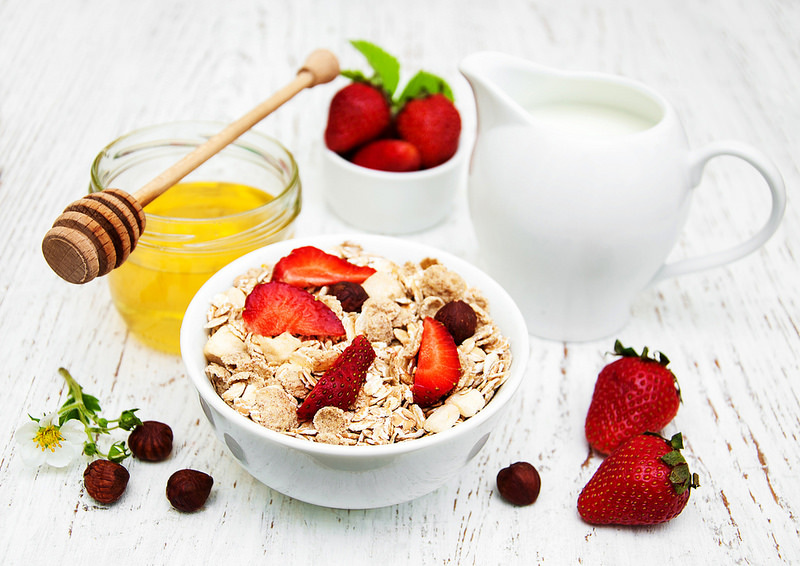
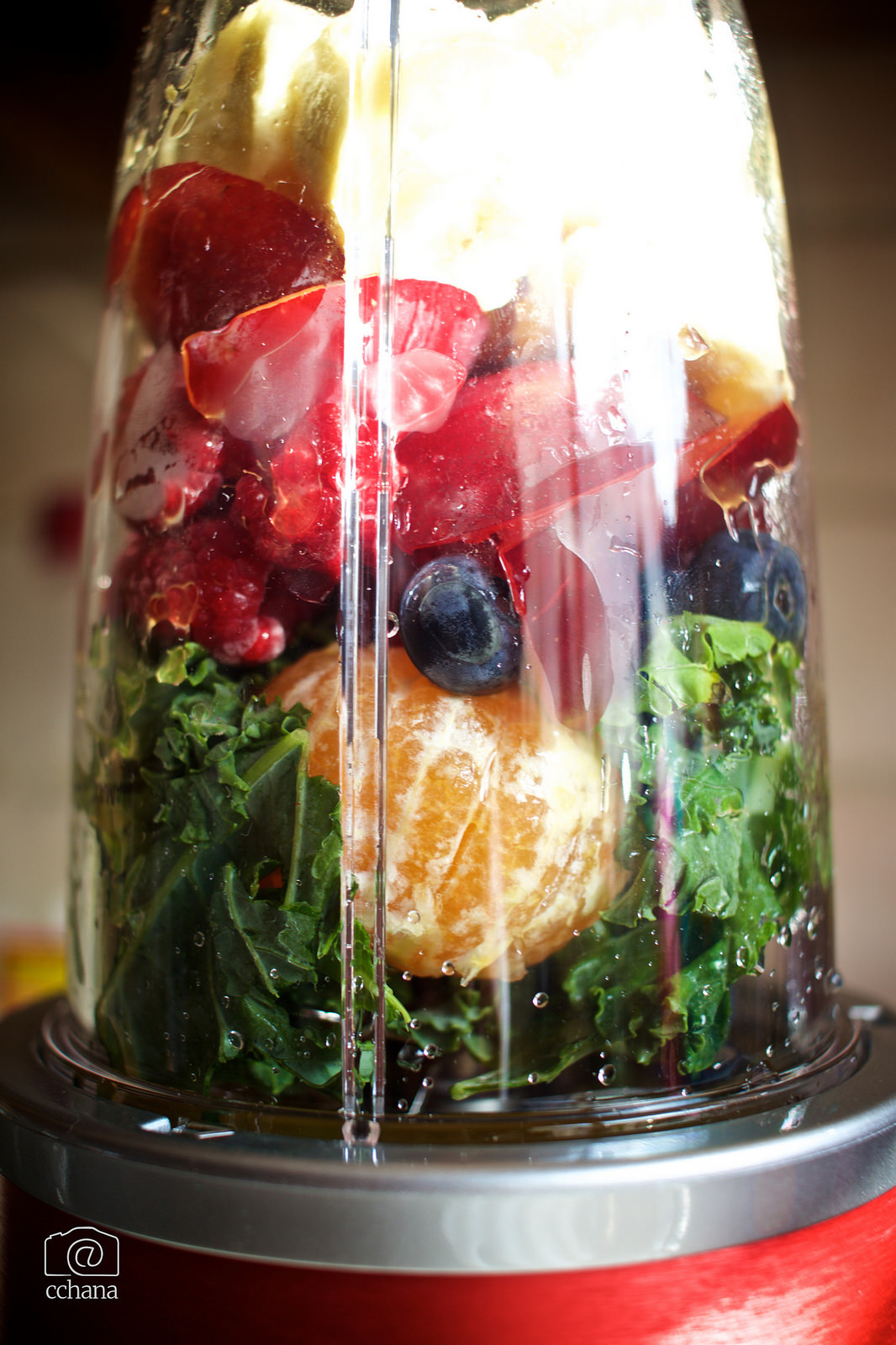



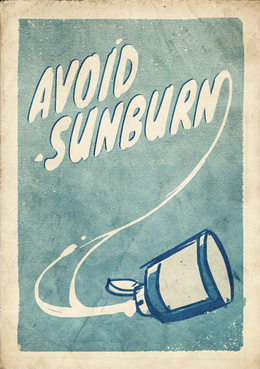
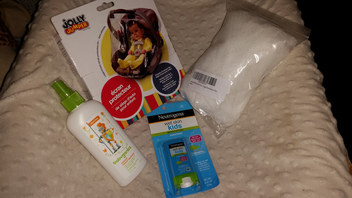

 RSS Feed
RSS Feed
